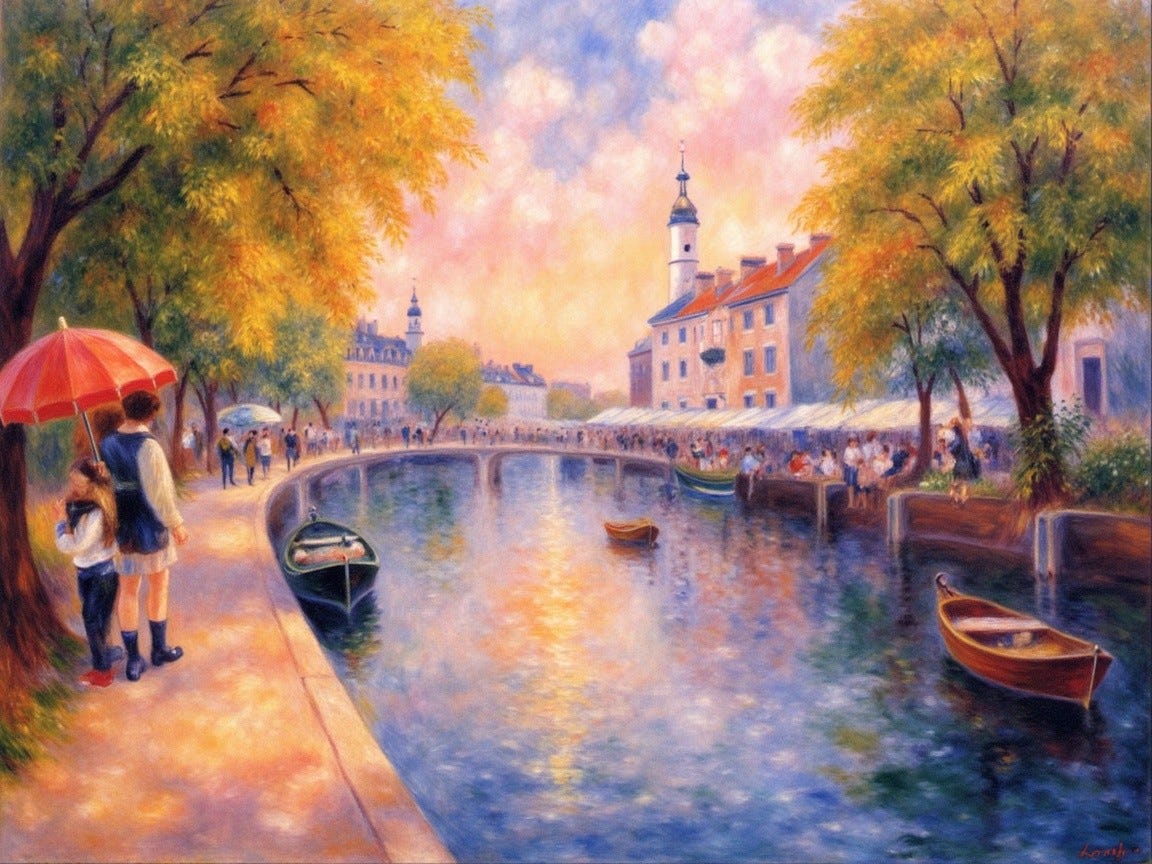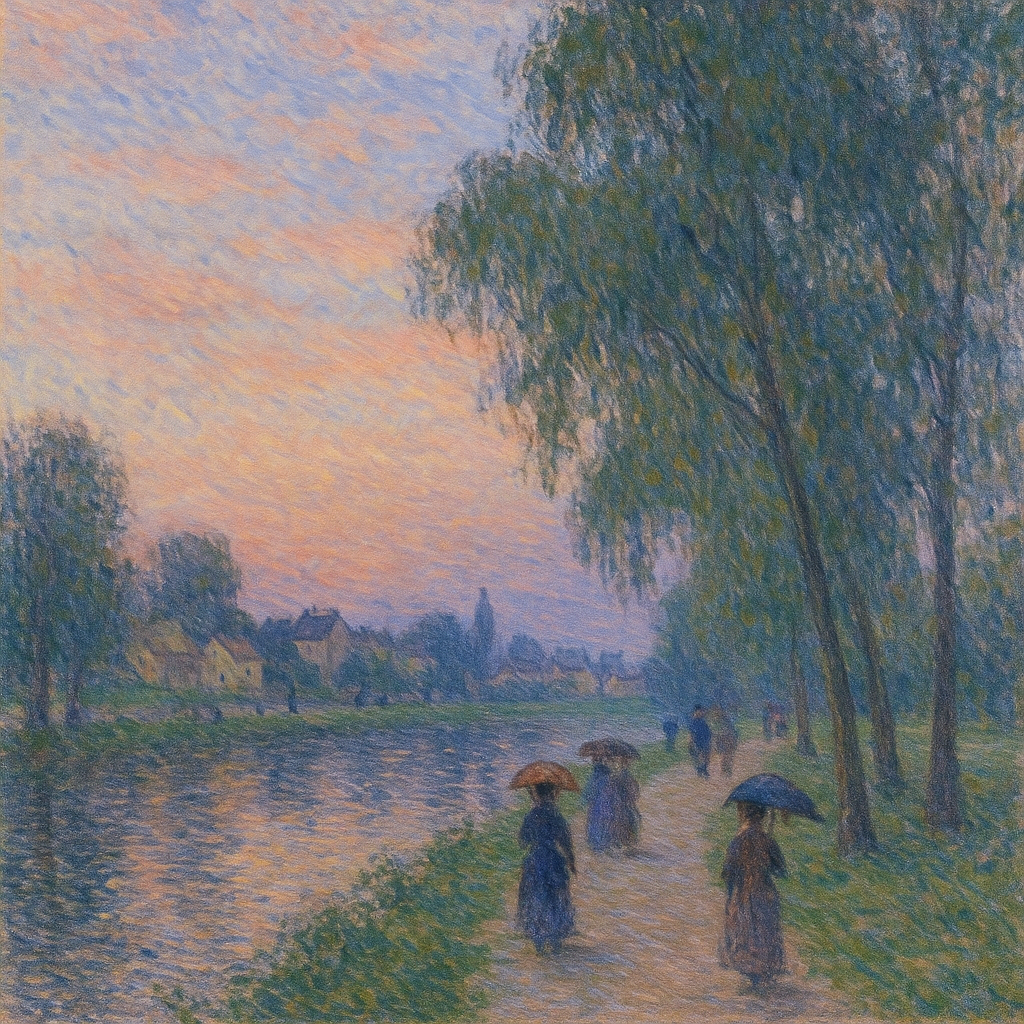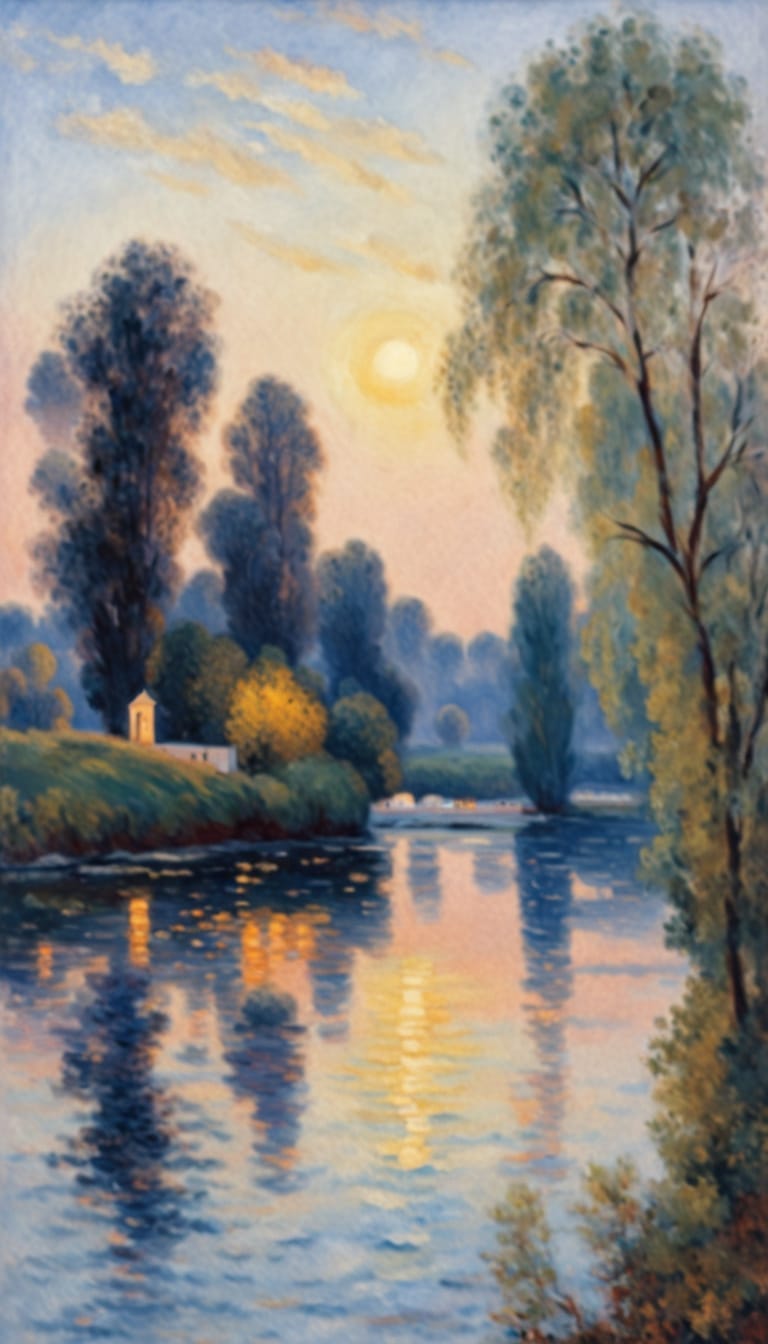
Let’s rewind to the 1500s — a century where creativity didn’t just flourish, it shouted across Europe thanks to the most revolutionary gossip-spreader of all time: the printing press. This was the era of tectonic cultural shifts, booming pamphlet wars, and creative minds that could challenge popes, redraw the map of knowledge, and change how we think about, well, thinking.
Martin Luther: The Original Influencer (No Ring Light Required)
What is he known for? Nailing his 95 Theses to a church door in Wittenberg in 1517 — a theological mic drop that kickstarted the Protestant Reformation.
Impact on society? Oh, just dismantled the unity of the Western Church, ignited centuries of religious conflict, and paved the way for religious pluralism, free thought, and the entire concept of “you don’t need a middleman to talk to God.”
Awards? No shiny trophies, but he did earn excommunication and legendary status in one fell swoop. Rock stars wish they had that kind of career arc.
Financial success? Not particularly. He wasn’t poor, but he wasn’t in it for the cash. He lived modestly and married a former nun — talk about nontraditional power couples.
Fame during his lifetime? Absolutely. Thanks to Gutenberg’s printing press, Luther became Europe’s most famous heretic overnight. His tracts spread faster than TikTok trends on double espresso.
Notable collaborations? He worked closely with Philipp Melanchthon and other reformers. His German Bible translation (a team effort) standardized the language and made scripture accessible — essentially inventing the spiritual equivalent of “DIY YouTube tutorials.”
Famous art? Lucas Cranach the Elder painted several portraits of him. Luther also inspired countless political cartoons and woodcuts, especially during pamphlet wars — think meme culture, but carved.
Other inventions? Besides theological disruption? He helped shape modern education by advocating for public schooling and literacy. Also arguably invented the angry religious pamphlet.
Subject of famous art? Many. From Albrecht Dürer’s admiration to Cranach’s prolific output, Luther’s face is almost as recognizable as his theses.
Interesting tidbits? He loved music and wrote hymns like “A Mighty Fortress Is Our God.” He also struggled with anxiety and gastrointestinal issues, which he documented with surprising candor — 500 years before oversharing was cool.

Erasmus: The Smooth-Talking Scholar
While Luther was flipping tables in the temple, Erasmus of Rotterdam was polishing the silverware.
What is he known for? The “Prince of the Humanists.” He translated the New Testament into Greek, wrote In Praise of Folly (an academic roast), and lobbied for reform within the Catholic Church — peacefully.
Impact on society? He laid the groundwork for religious tolerance, inspired Enlightenment thinkers, and basically invented the Renaissance intellectual’s brand of witty shade.
Awards? The admiration of kings, popes, and scholars. Also earned a spot in the “frequently banned books” club.
Was he famous in his time? Hugely. He was a best-selling author, his books were everywhere, and he was courted by royalty and universities alike.
Known for famous art? Hans Holbein the Younger painted his portrait — repeatedly. If selfies existed in the 1500s, Erasmus would’ve had a whole curated grid.
Interesting tidbits? He and Luther had a spicy intellectual breakup. Erasmus favored reasoned discourse; Luther wanted reformation now. Basically the “Jabari vs. Killmonger” of the 1500s.
Gutenberg: The Unsung Tech Bro
Though technically born in the 1400s, Gutenberg’s printing press bloomed in the early 1500s — changing everything.
What is he known for? Inventing the movable type printing press.
Impact? Launched the information revolution centuries before the internet. Made books cheaper, literacy more accessible, and memes (ahem, woodcut propaganda) possible.
Fame? He died in relative obscurity, but today he’s regarded as one of the most influential inventors in history.
Money? Lost control of his business to his investor. So, he basically created Facebook, but Eduardo Saverin’d himself.
Other tidbits? The first major book printed was the Gutenberg Bible, which remains a typographic masterpiece. Also, paper stocks have never been the same since.

So what made the 1500s such a creative explosion? The printing press democratized ideas. Suddenly, creators weren’t just painting or sculpting for the elite — they were writing, challenging, teaching, and provoking everyone. That one innovation let Luther reach millions, gave Erasmus a voice beyond elite halls, and ultimately rewired how the world thought.
And yes, before you ask — none of them needed Wi-Fi.
If you’re joining us mid-series, go back to where the sparks began with Episode 1: A Lightning Tour of History’s Greatest Geniuses 📖 Medium: https://medium.com/@DaveLumAI/the-creators-series-a-lightning-tour-of-historys-greatest-geniuses-317d81bc5532 🌐 Blog: https://blog.lumaiere.com/the-creators-series-a-lightning-tour-of-historys-greatest-geniuses/
What do you think — are we overdue for another Reformation? Or just overdue on printing our Wi-Fi bills? Drop your thoughts in the comments and give a follow for more time-traveling takes on creativity.
Art Prompt: A luminous riverside scene painted in the delicate impressionist style of Alfred Sisley. The sky is bathed in soft peach and periwinkle twilight, while clusters of willow trees sway beside calm, reflective waters. Delicate brush strokes depict townsfolk strolling on a narrow path, their umbrellas catching dappled evening light. The whole scene glows with a quiet reverence for nature, rhythm, and calm, evoking a mood of fleeting grace.
